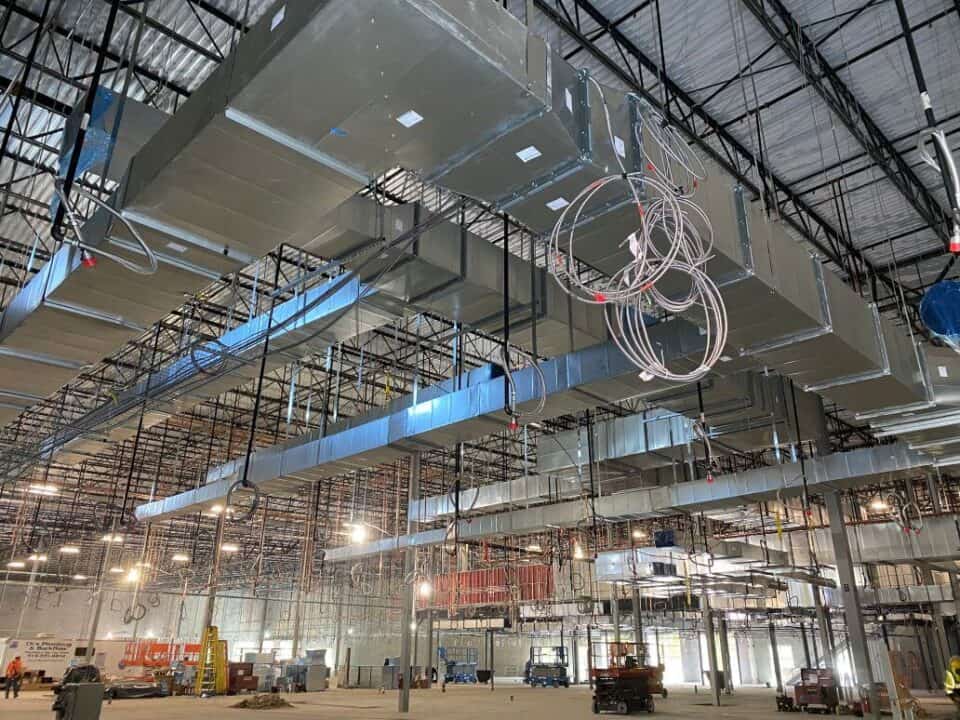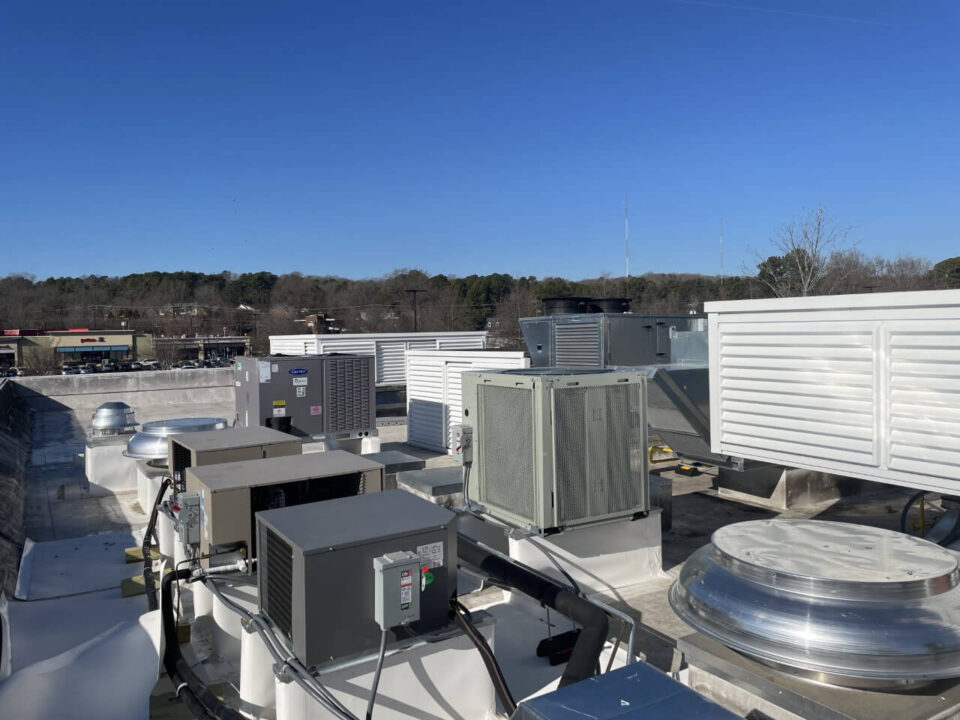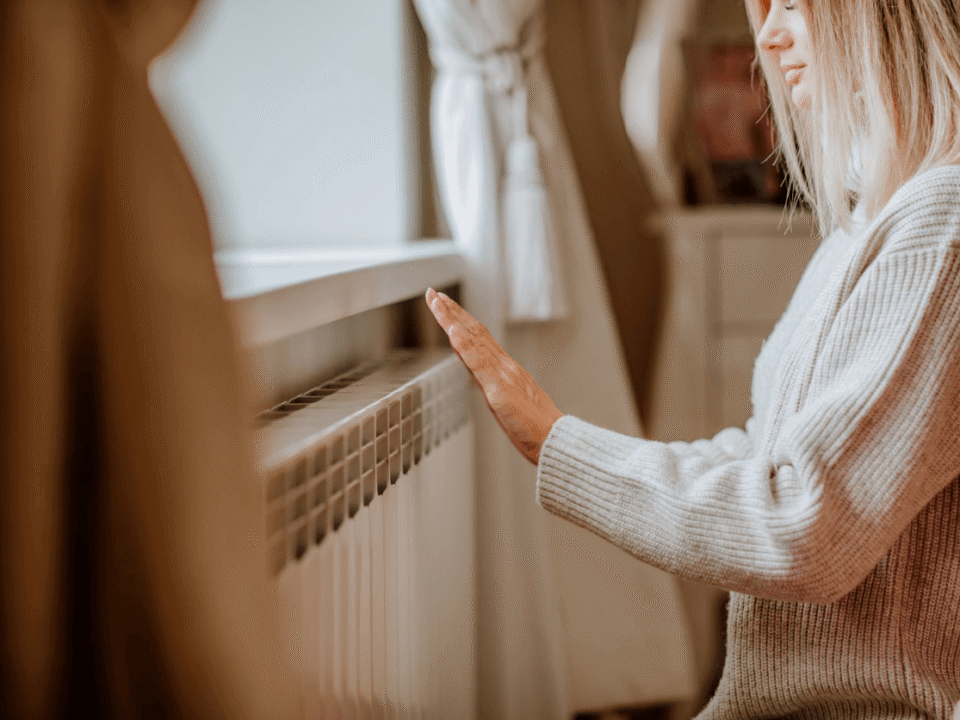
Tips for Reducing Energy Costs in Commercial Air Conditioning
June 27, 2024
How to Clean and Maintain Your Home Air Conditioner
August 8, 2024Retrofitting Aging HVAC Systems: Upgrading for Efficiency in Raleigh-Durham
Discover the Benefits of Retrofitting Your Aging HVAC System
As HVAC systems age, their efficiency decreases, leading to higher energy costs, more frequent repairs, and reduced comfort. Fortunately, a full replacement isn’t always the only option. Retrofitting – upgrading certain components of your existing HVAC system – can breathe new life into aging equipment.
At Carolina Commercial Systems, we specialize in helping Raleigh-Durham homeowners and businesses evaluate, retrofit, and optimize their HVAC systems for maximum performance, energy savings, and comfort.
In this article, we’ll explore why retrofitting is a smart investment, what upgrades are most impactful, and how the process can benefit both your wallet and the environment.
Why Retrofit Your HVAC System?
Retrofitting is often the middle ground between continuing to repair an inefficient system and investing in an entirely new installation. It involves upgrading outdated parts with newer, more advanced technology, allowing you to reap many of the benefits of a modern system without the cost of a complete replacement.
Here are some of the key reasons why you may consider replacing or retrofitting the HVAC system of your home or business, including:
- Enhanced Energy Efficiency: Older HVAC systems often operate at efficiencies far below modern standards. Components such as compressors, blowers, and thermostats were not designed with today’s energy-saving technology. Retrofitting can introduce high-efficiency parts that drastically reduce energy consumption.
- Improved Comfort: An outdated system often struggles with inconsistent temperatures, hot and cold spots, or poor humidity control. Retrofitting components like air handlers, blowers, or even ductwork can enhance airflow, providing steadier temperatures throughout the property.
- Reduced Environmental Impact: By consuming less energy and transitioning to eco-friendly refrigerants, your system minimizes greenhouse gas emissions.
- Extended System Lifespan: Full HVAC replacements are costly, but retrofits allow you to maximize the investment you’ve already made. By upgrading critical components, you can extend the life of your current system by several years. This “bridge strategy” buys time until you’re ready for a complete replacement while avoiding the frustration of frequent breakdowns.
- Enhanced Air Quality: Modern HVAC technology includes advanced filtration and humidity control features that weren’t available in older systems. Retrofitting with improved filters, UV purification, or humidity controls can significantly improve indoor air quality, reducing allergens, pollutants, and mold growth.
Key Components of an HVAC Retrofit
Before beginning any retrofit, it’s essential to assess your current system’s condition. Our team will conduct a thorough inspection to identify inefficiencies and areas for improvement. From there, we will make recommendations on which components to upgrade or replace.
- Thermostats: Installing programmable or smart thermostats can optimize temperature control and energy use.
- Air Handlers and Blowers: Replacing outdated components can enhance airflow and system efficiency.
- Ductwork: Ensuring your ductwork is properly sealed and insulated can prevent energy loss and improve air distribution.
- Refrigerants: Switching to environmentally friendly refrigerants can enhance system performance and comply with current regulations.
Conclusion
Retrofitting your aging HVAC system is an investment in comfort, efficiency, and sustainability. By upgrading to a more efficient system, you can enjoy lower energy bills, improved indoor air quality, and enhanced comfort in your home or business.
Contact us today to learn more about our retrofit services and how we can help you achieve a more efficient HVAC system in Raleigh-Durham.



